Gold prices rebound after sliding below $4,000/oz amid safe-haven demand
Stocks managed to rally again yesterday. There isn’t much to say about the rally, to be honest. Volume levels in the futures are rather lacklustre, and given how poor liquidity levels are, it doesn’t take much these days to push the index around.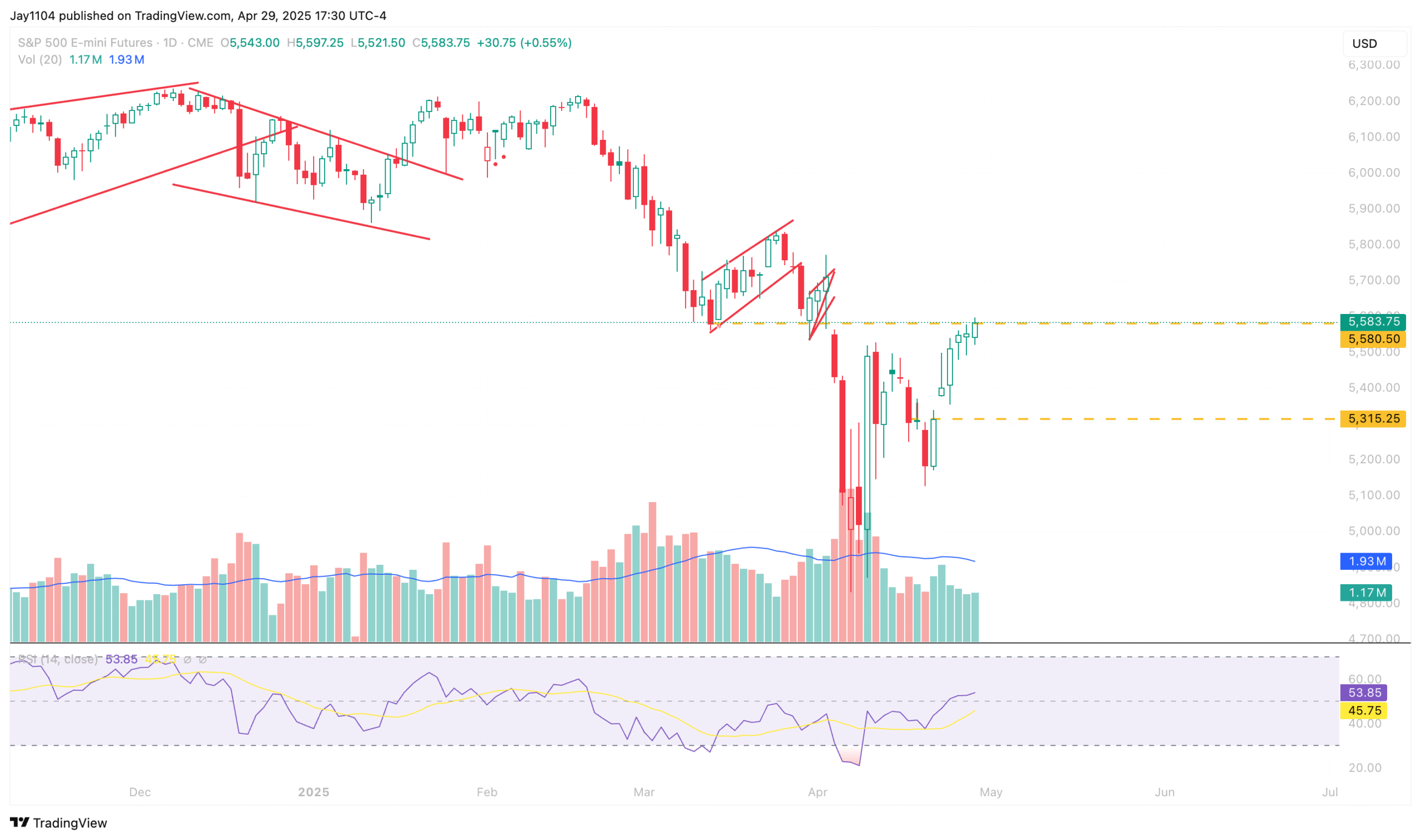
Liquidity levels are at their lowest point in some time, and bid/ask spreads remain wide. It’s reminiscent of that old Seinfeld episode where Kramer boasted about being the best in his dojo—only for Jerry to discover he was competing against 10-year-olds.
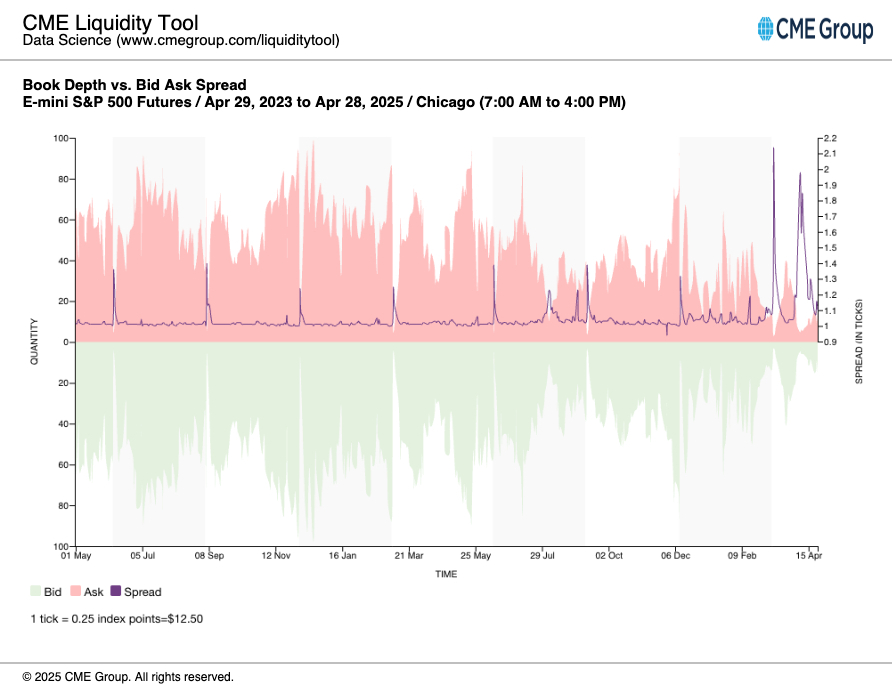
I guess where I’m getting confused with this market movement is that the implied volatility for the S&P 500 1-month at-the-money option is 22%, while the 10-day realized volatility is around 24.4%, and the 20-day realized volatility is 48.5%. I understand that if the 10-day vol is 24.4%, the 20-day vol will eventually come down, but right now, the spread between the S&P 500 implied volatility and the 20-day realized volatility is pretty wide—COVID-wide, even.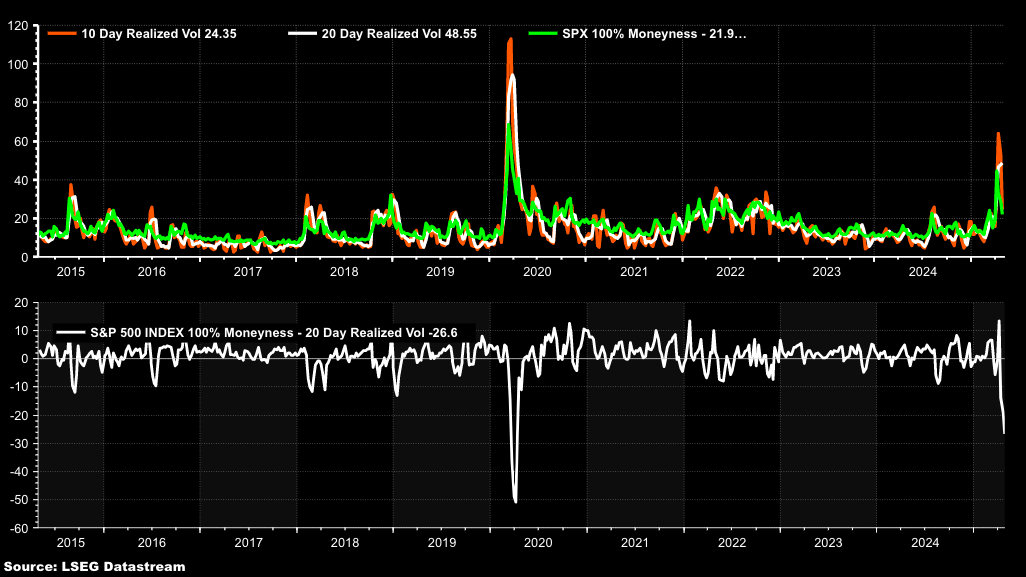
So either the market is getting complacent again, or implied volatility is due to rise. My guess is that it rises, because there’s too much event risk on the horizon for it not to. On top of that, Meta (NASDAQ:META) and Microsoft (NASDAQ:MSFT) are reporting results today.
Positioning in Meta is very bullish, with positive deltas across strike prices. With implied volatility running over 100%, I don’t see how this ends well for those call holders. Market makers are likely to find themselves overhedged and sellers of stock once the numbers come out.
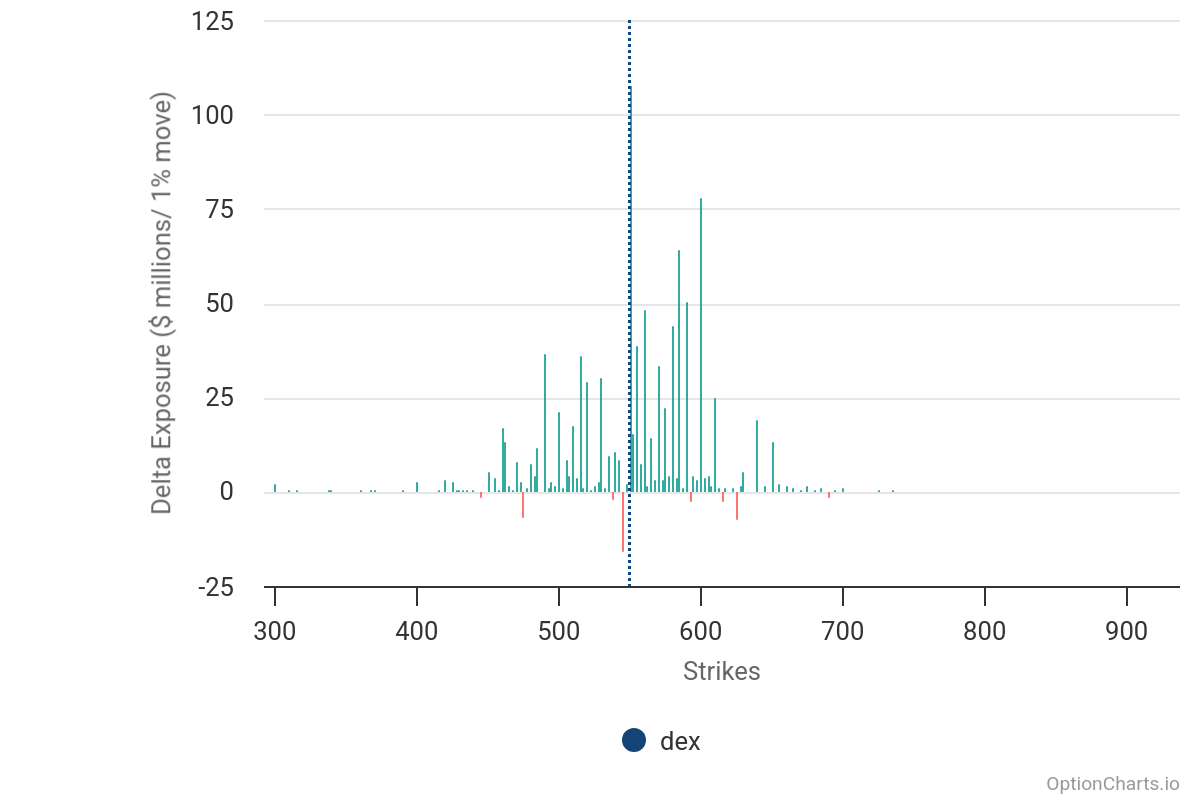
Microsoft finds itself in a similar position, though not as extreme as Meta. Implied volatility for this week is in the mid-60s, but deltas are still very positive, and market makers are likely to have stock to sell as well.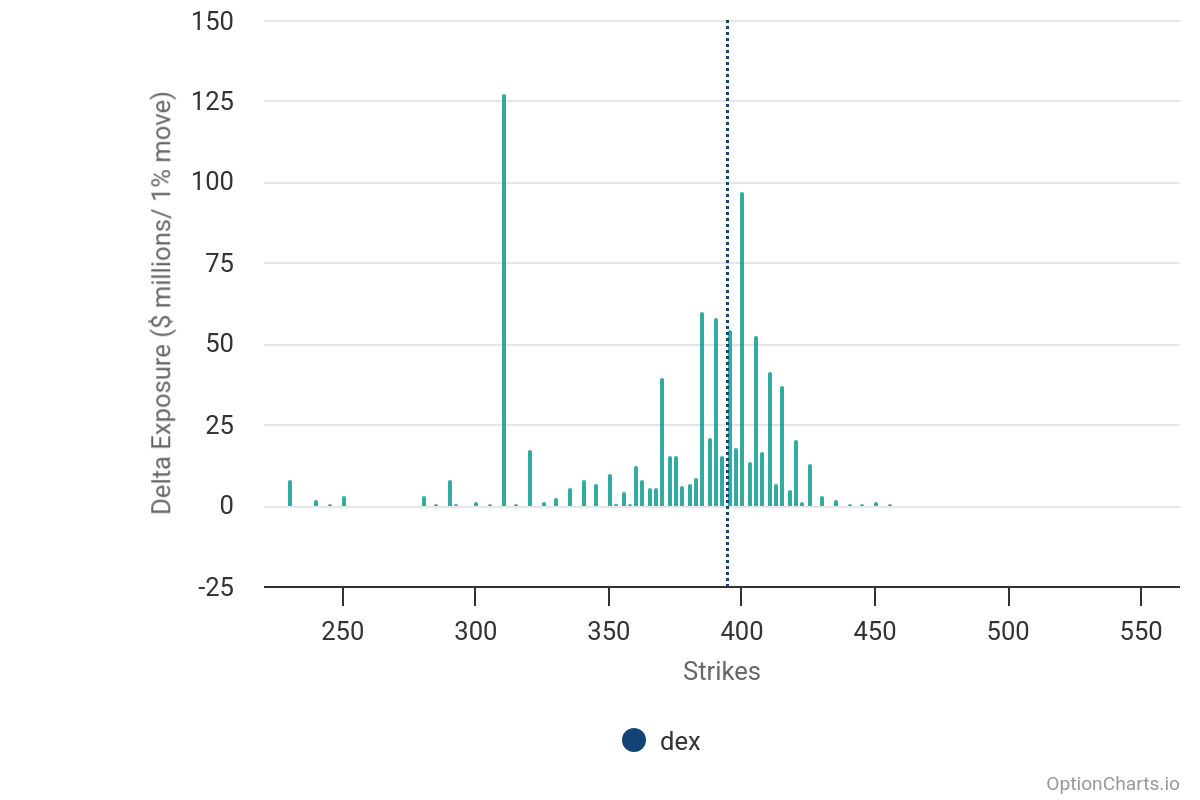
So either Meta and Microsoft are going to report spectacular results, or their stocks are likely heading lower following earnings. We’ll probably see implied volatility levels flip-flop—IV on the stocks coming down and rising on the index—as that volatility dispersion unwinds.
